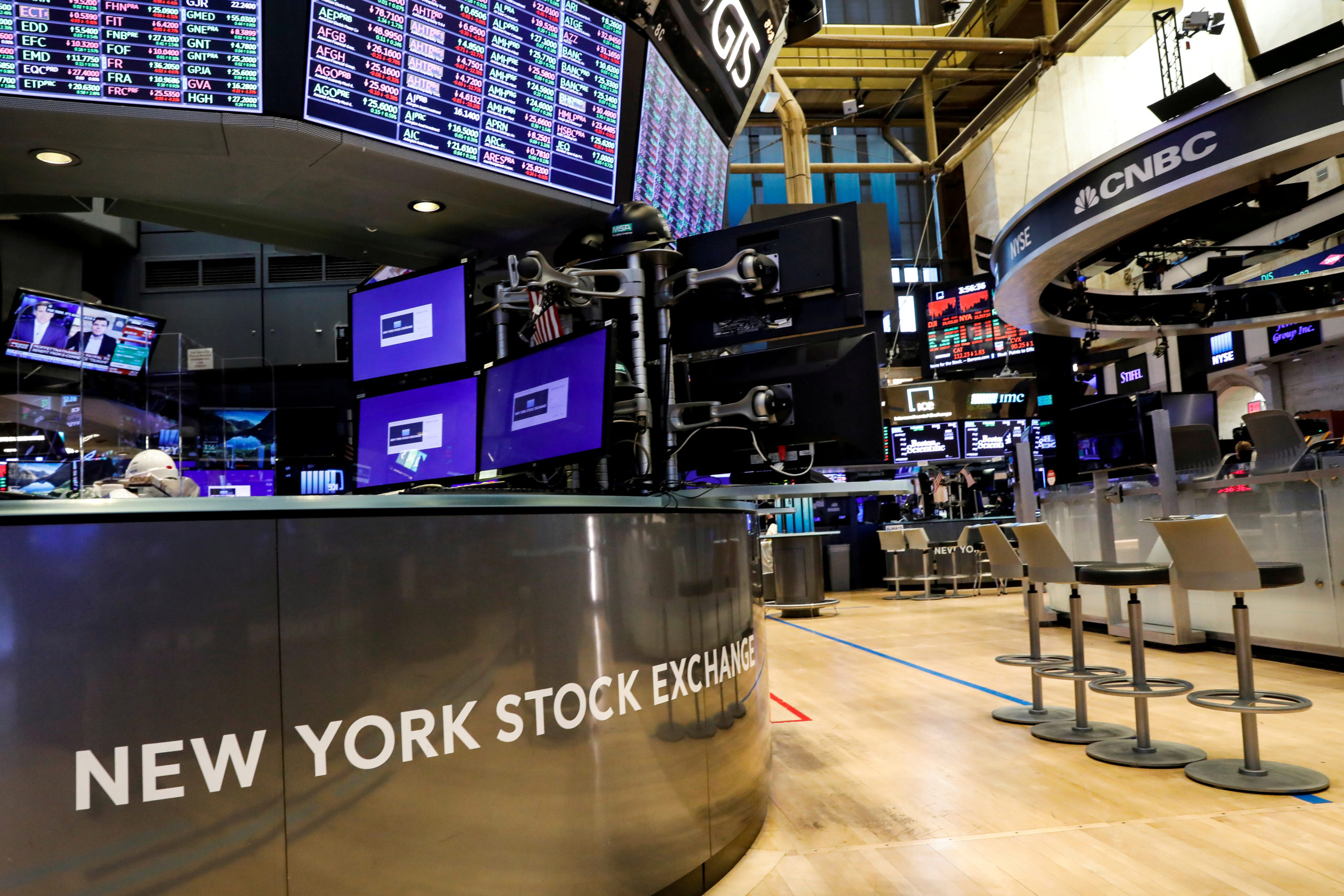
By Lucia Mutikani
WASHINGTON (Reuters) – U.S. consumer prices rose further in November amid strong gains in the cost of food and a range of other goods, leading to the largest annual increase in more than 39 years and potentially giving the Federal Reserve ammunition to quickly wind down its bond purchases.
The report from the Labor Department on Friday followed on the heels of a slew of data this month showing a rapidly tightening labor market. With supply bottlenecks showing little sign of easing and companies raising wages as they compete for scarce workers, high inflation could persist well into 2022.
The increased cost of living, the result of shortages caused by the relentless COVID-19 pandemic, is hurting President Joe Biden’s approval rating. High inflation and a strengthening economy have raised the risk of an early Fed interest rate increase.
“The biggest problem for the Fed is the mounting evidence of a strong pick-up in cyclical price pressures,” said Paul Ashworth, chief economist at Capital Economics in Toronto.
“Although we think headline inflation has now peaked, it will decline only gradually over the first half of next year and, crucially, because of that building cyclical pressure we expect core inflation to remain above the Fed’s target for a prolonged period.”
The consumer price index rose 0.8% last month after surging 0.9% in October. The broad-based increase was led by gasoline prices, which rose 6.1%, matching October’s gain. With crude oil prices declining recently, gasoline prices have likely peaked.
Food prices rose 0.7%. The cost of food at home increased 0.8%, driven by increases in the price of fruits and vegetables, meat and cereals and bakery products. It also cost more to eat away from home.
In the 12 months through November, the CPI accelerated 6.8%. That was the biggest year-on-year rise since June 1982 and followed a 6.2% advance in October.
Economists polled by Reuters had forecast that the CPI would climb 0.7% and increase 6.8% on a year-on-year basis.
TIGHTENING LABOR MARKET
The government reported last week that the unemployment rate fell to a 21-month low of 4.2% in November. Tightening labor market conditions were underscored by a report on Thursday showing new applications for unemployment benefits dropped to the lowest level in more than 52 years last week.
Other data this week showed there were 11 million job openings at the end of October and Americans quit jobs at near-record rates.
“With supply shortages likely to stick around until next year and service-sector prices trending higher, inflation is going to get worse before it gets better,” said Sam Bullard, a senior economist at Wells Fargo in Charlotte, North Carolina.
Fed Chair Jerome Powell has said the U.S. central bank should consider speeding up the winding down of its monthly bond purchases at its policy meeting next week. Many economists are expecting an early Fed interest rate increase.
Excluding the volatile food and energy components, the CPI rose 0.5% last month after gaining 0.6% in October. The so-called core CPI was supported by rents, with owners’ equivalent rent of primary residence, which is what a homeowner would receive from renting a home, rising a solid 0.4%.
Prices for used cars and trucks increased 2.5% for a second straight month. New motor vehicle prices rose 1.1%, marking the eighth consecutive month of gains. A global semiconductor shortage has undercut motor vehicle production.
Airline fares rebounded 4.7%. But further increases are unlikely following the emergence of the Omicron variant of COVID-19, which could make some people hesitant to travel by air. The United States is already experiencing a resurgence in coronavirus infections, driven by the Delta variant.
The so-called core CPI jumped 4.9% on a year-on-year basis, the largest rise since June 1991, after increasing 4.6% in the 12 months through October.
The Fed tracks the personal consumption expenditures (PCE) price index, excluding the volatile food and energy components, for its flexible 2% inflation target. The core PCE price index surged 4.1% in the 12 months through October, the most since January 1991. Data for November will be released later this month.
“A continued trend higher in core inflation creates further hawkish risks for a Fed that has recently become more focused on the inflation side of its mandate, and suggests a rising likelihood of an even earlier first rate hike,” said Veronica Clark, an economist at Citigroup in New York.
(Reporting by Lucia Mutikani; Editing by Chizu Nomiyama and Paul Simao)






